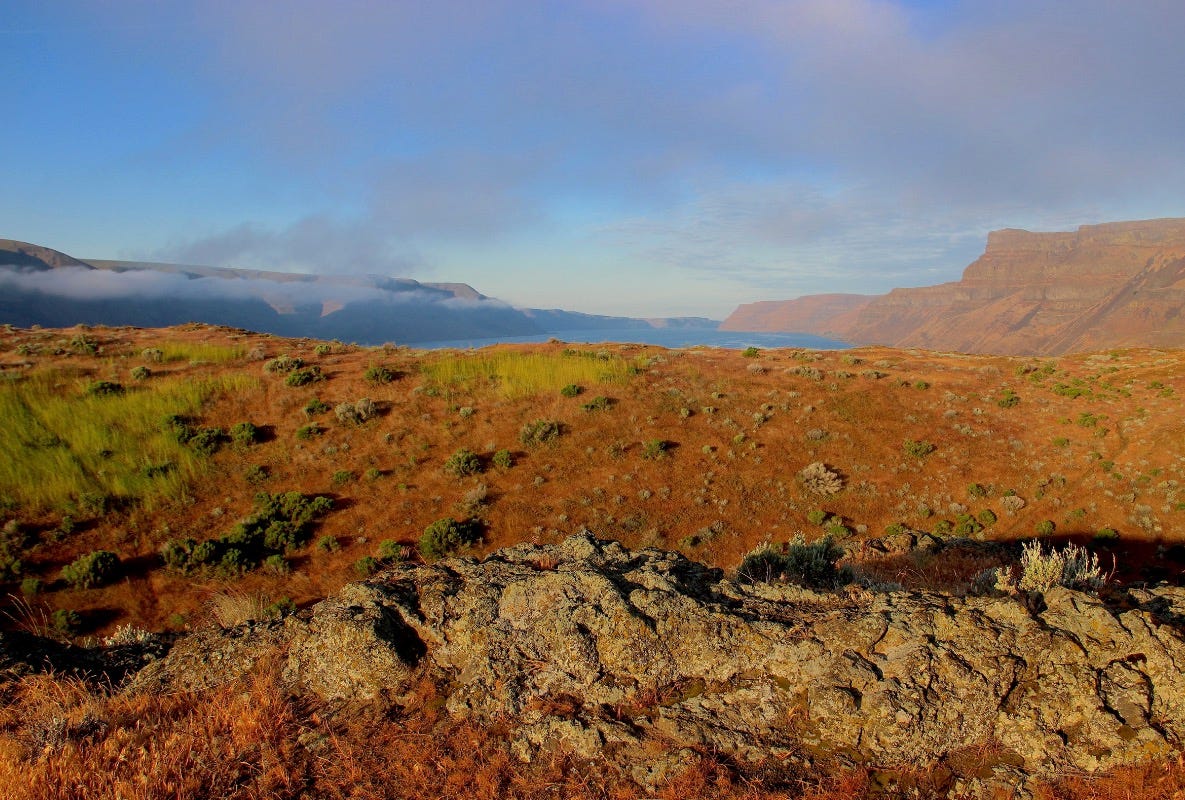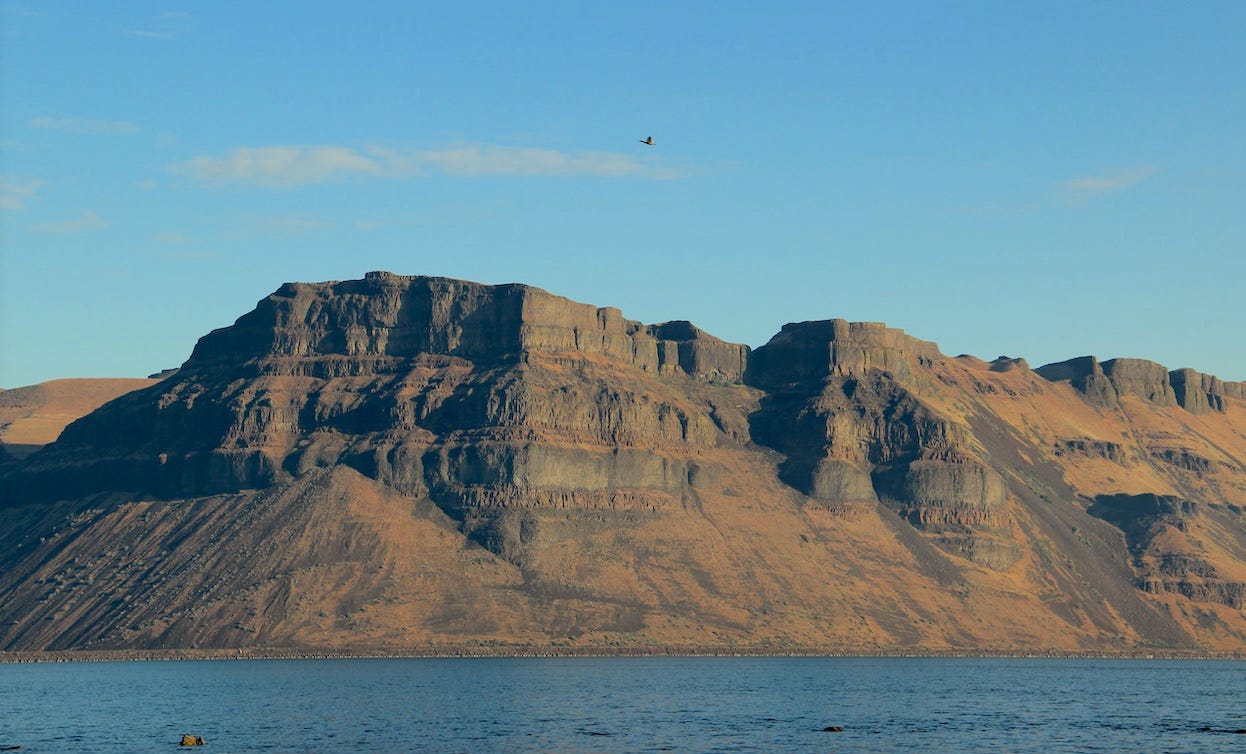Summer reading at Priest Lake, ID
The Stopwatch and the Water Gap
I’m a better swimmer now than I was when I was nine. My sister Nancy would tell you I was a thrasher, a skinny, freckled, crew-cutted being who windmilled my way through the water, as if being chased by sharks. I looked like a drowning in progress. There are home movies to prove this.
It took a while to earn my first medal, and the process was embarrassing. My dad and his brother were stars in the pool, both earning full scholarships—sight unseen—from their home pool in Panama to stateside colleges. Because of the stopwatch they didn’t have to audition, and in the ways of the world, I wouldn’t be here without the stopwatch, as it was my dad’s times that enabled his recruitment to Wazzu, where he met my mother. My dad’s dad was known as Charlie hustle, because he was always in a hurry. Charlie set the pace for the whole Connor enterprise—as if every second mattered. And often enough it did. The Connors were almost always in a hurry, even on vacation.
My grandpa Gil, my mother’s father, was not of that world. He was a fly fisherman, and a whistling croquet master. As I wrote about in Beautiful Wounds, Gil was the one who introduced me to Wallula Gap in 1966 when we passed through on the way to go trout fishing in the Blue Mountains.
Wallula Gap in morning mists, looking east
I’d never seen a place like Wallula Gap before. It is where the Columbia River (and, before that, the Clearwater River) gradually carved through the basalt spine of the Horse Heaven Hills. If you haven’t been there, I recommend it. It’s an epic spot, the first place I remember experiencing tranquility not just in its scale, but in its sound.
Upon arrival, I remember the ethereal silence over the water and bare hills. I remember a train appearing on the opposite side of the river, at least a couple miles away. It’s horn erupted and the water burnished the blast, removing its piercing edge, such that it sounded like a French horn. In that space and time, it seemed like time had slowed to a crawl, except for the train, making its way along the river’s edge until it disappeared behind a distant wall of basalt.
As geologist Bruce Bjornstad wrote about in his first of two volumes on the Ice Age floods, Wallula Gap is also a dramatic feature of the Pleistocene floods. Although the floodwaters carved out three distinctive tracts in the lower Columbia basin south and west of Spokane, the waters converged in the Pasco Basin, reaching a depth of over 1,000 feet at Wallula Gap. The floodwaters piled up so high they created scablands where they overflowed the gap’s steep walls
The Sisters formation of Frenchman Springs basalt on the east side of Wallula Gap, near Wallula Junction
I got up early on a spring day nine years ago to photograph the gap in morning light. I arrived just as the fog was lifting and hiked up and around “The Sisters” formation—two pillars of 15.5 million year old basalt that somehow survived the Ice Age floods. But it wasn’t until I took an Amtrak train to Portland a couple weeks ago, to see my daughter, that I got an up close view of the west wall of the Gap.
The west side of Wallula Gap as the river makes its turn. The train tracks are just above the waterline below the cliffs.
It’s a little disorienting. Portland is obviously west of Pasco. But the train, after crossing the bridge to Kennewick, has to go east, to and through the ancient water gap, because the grade (that Interstate 82/U.S. 395 surmount with concrete switchbacks) up and over the Horse Heavens is too steep for the railroad.
To continue reading please subscribe to The Daily Rhubarb at the link below











